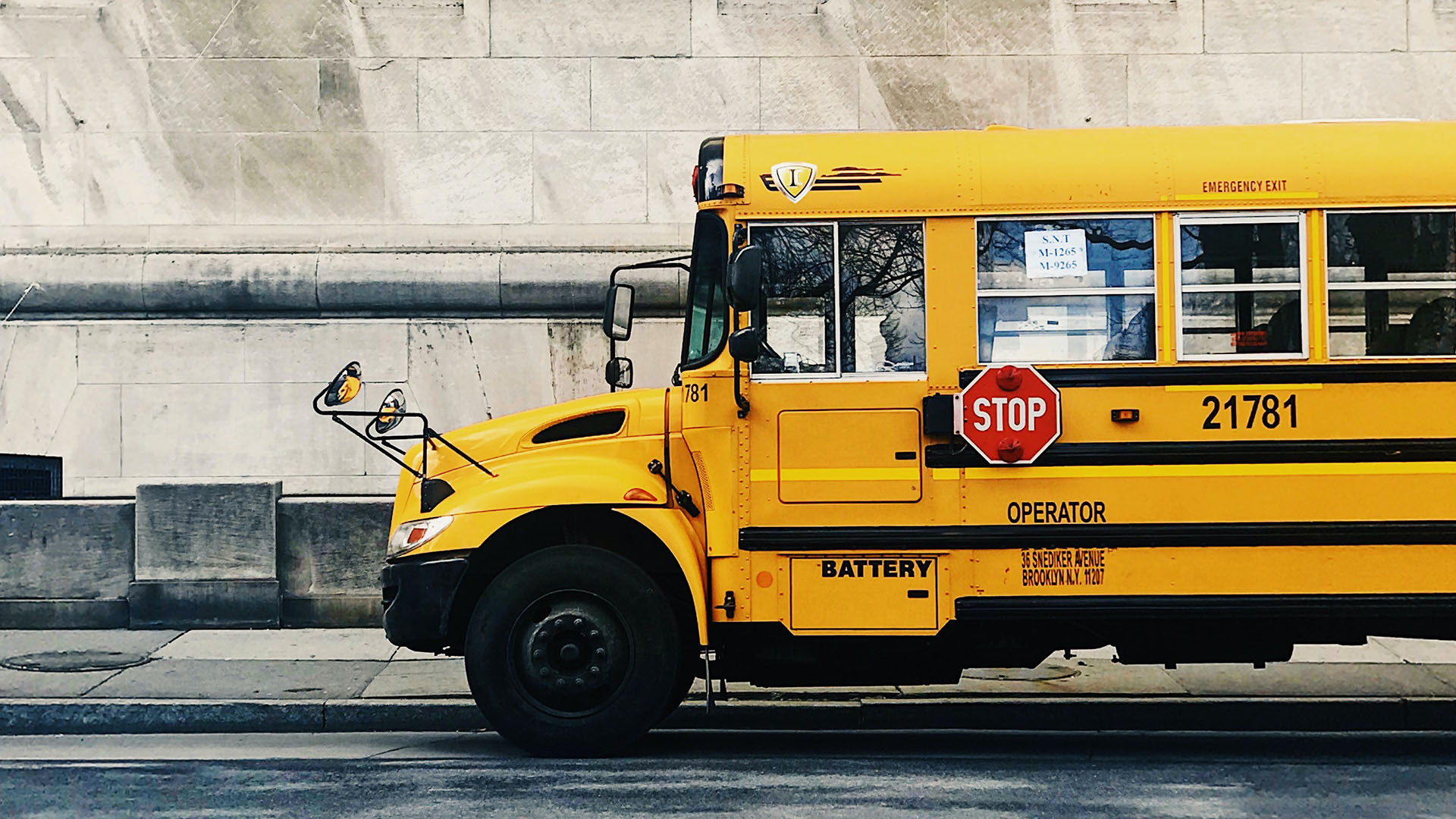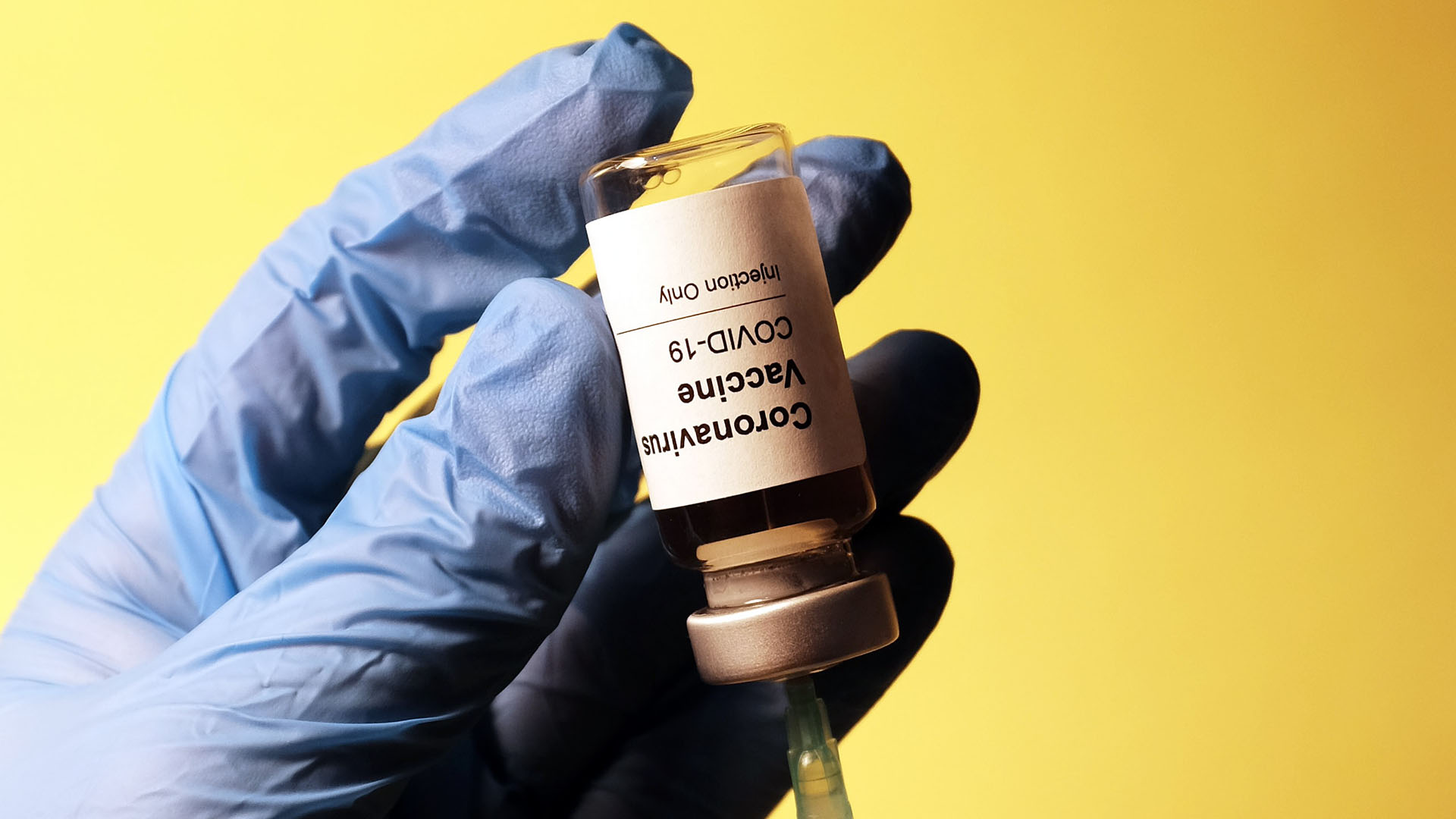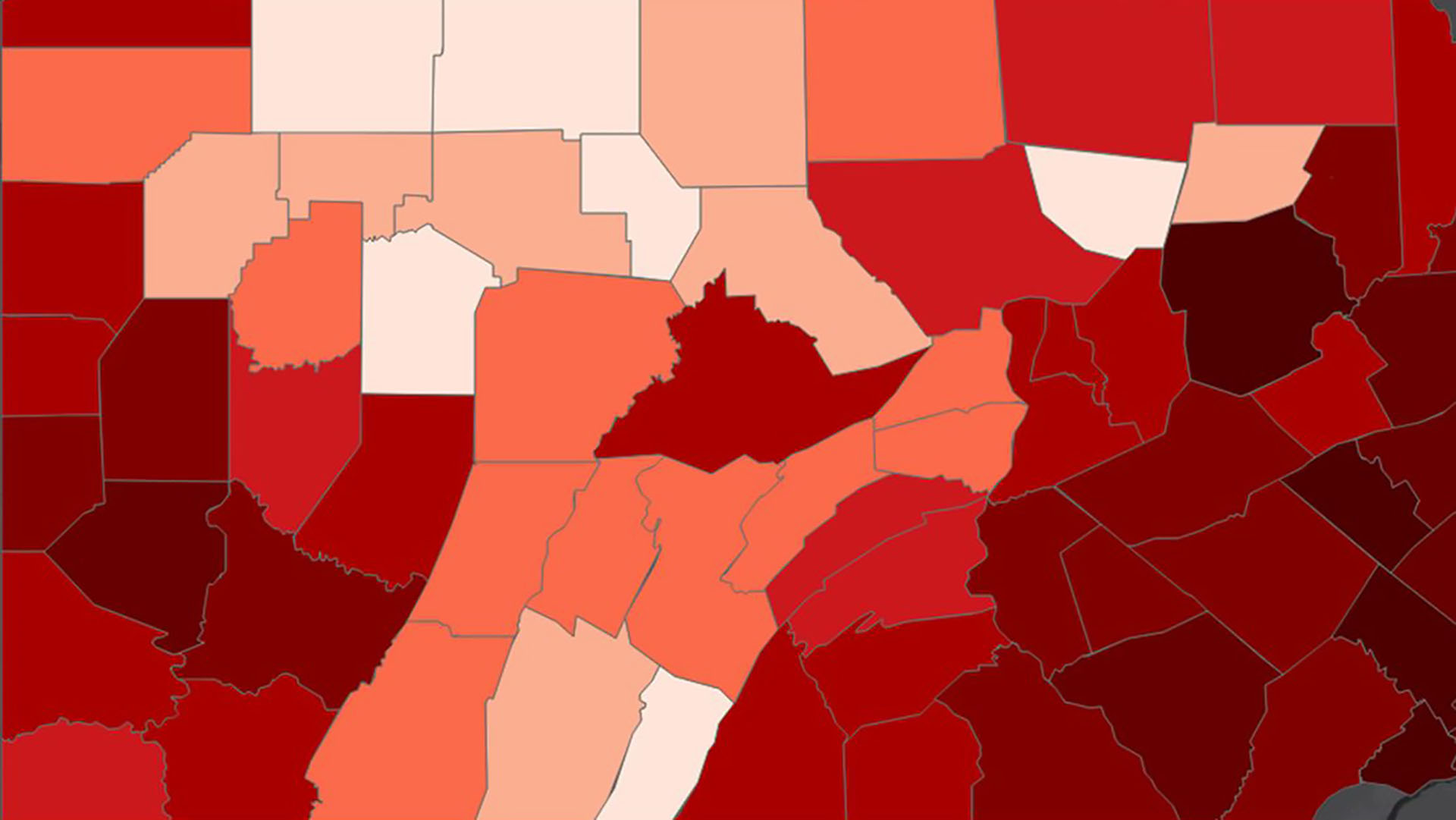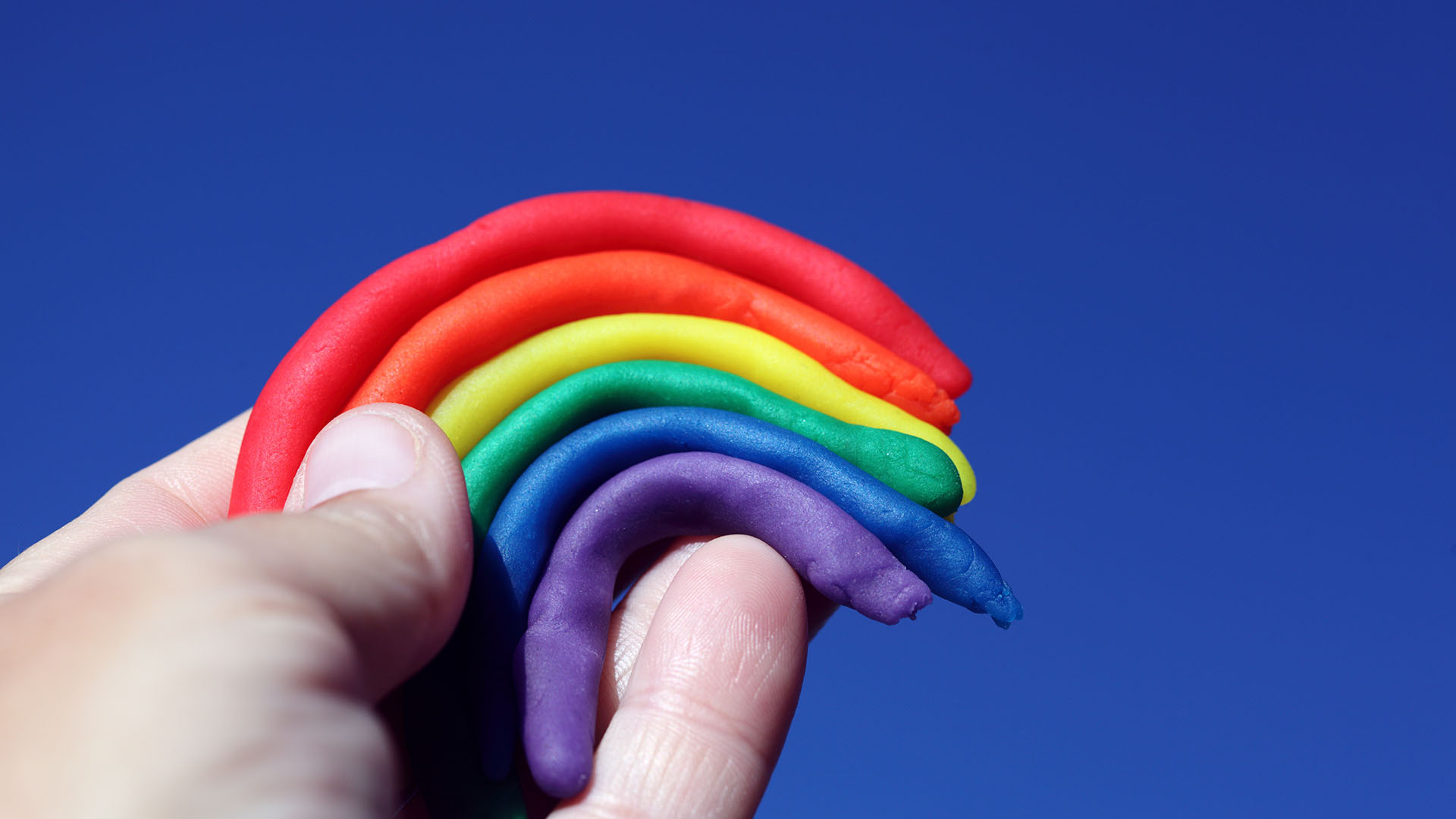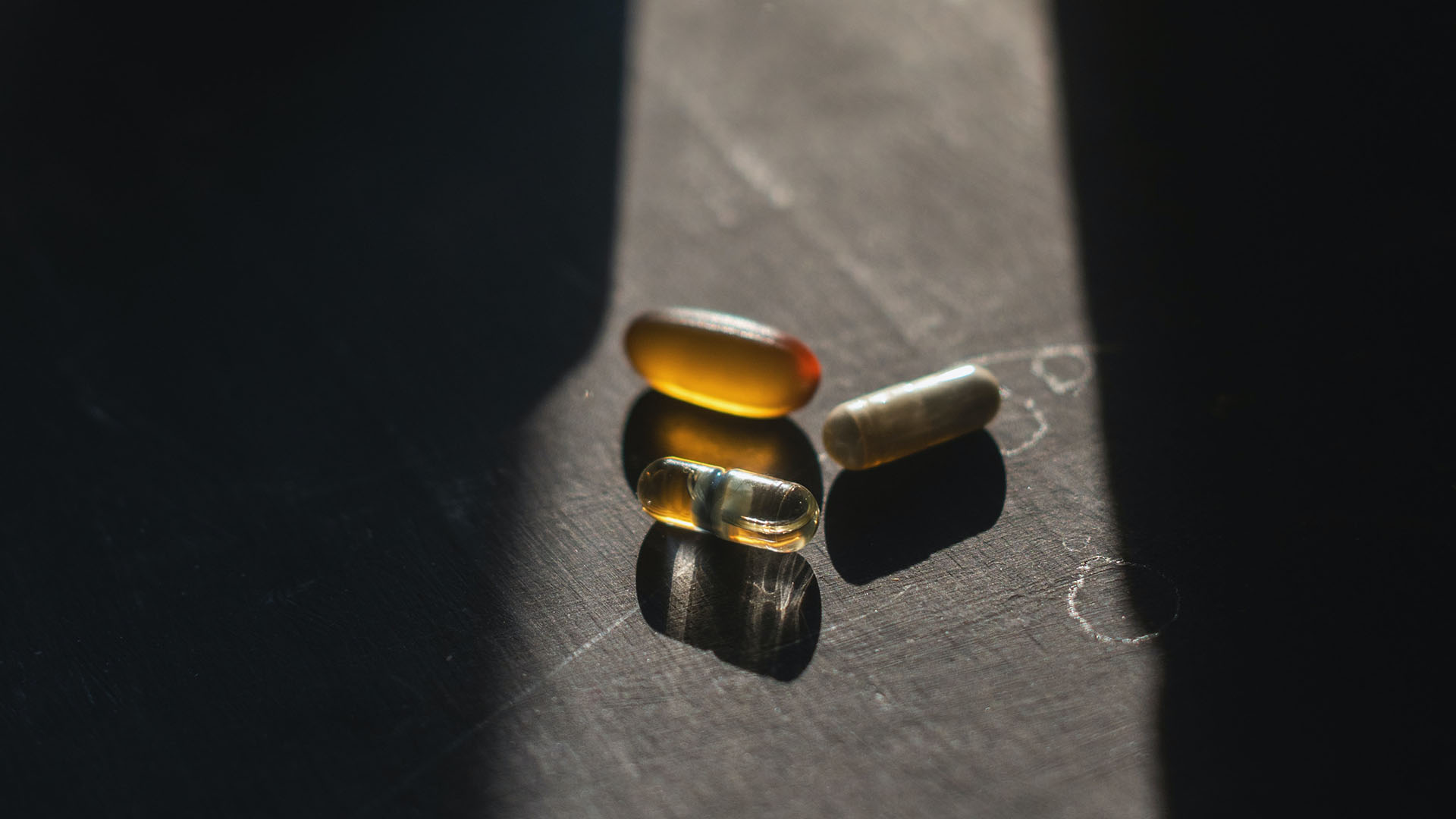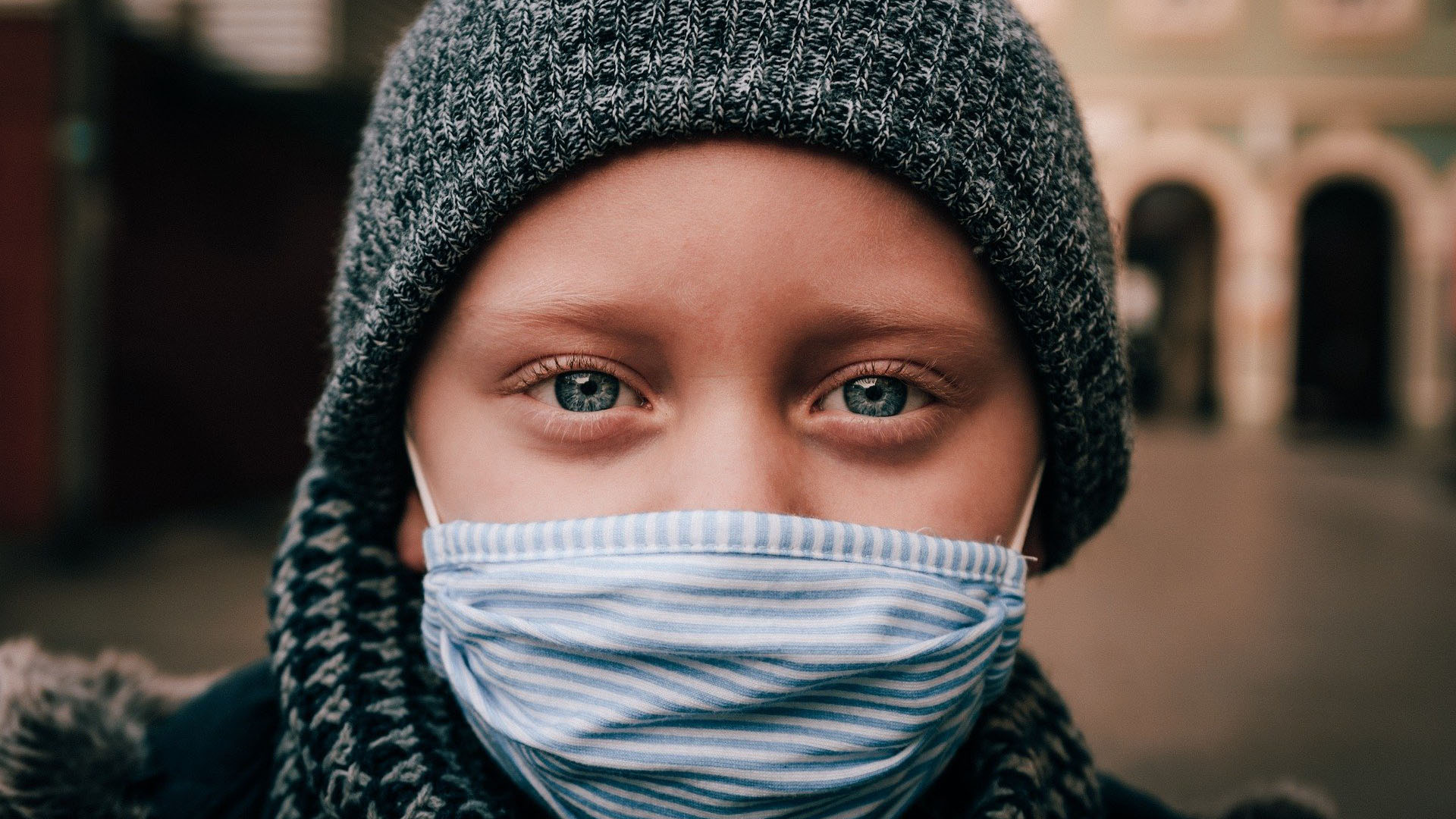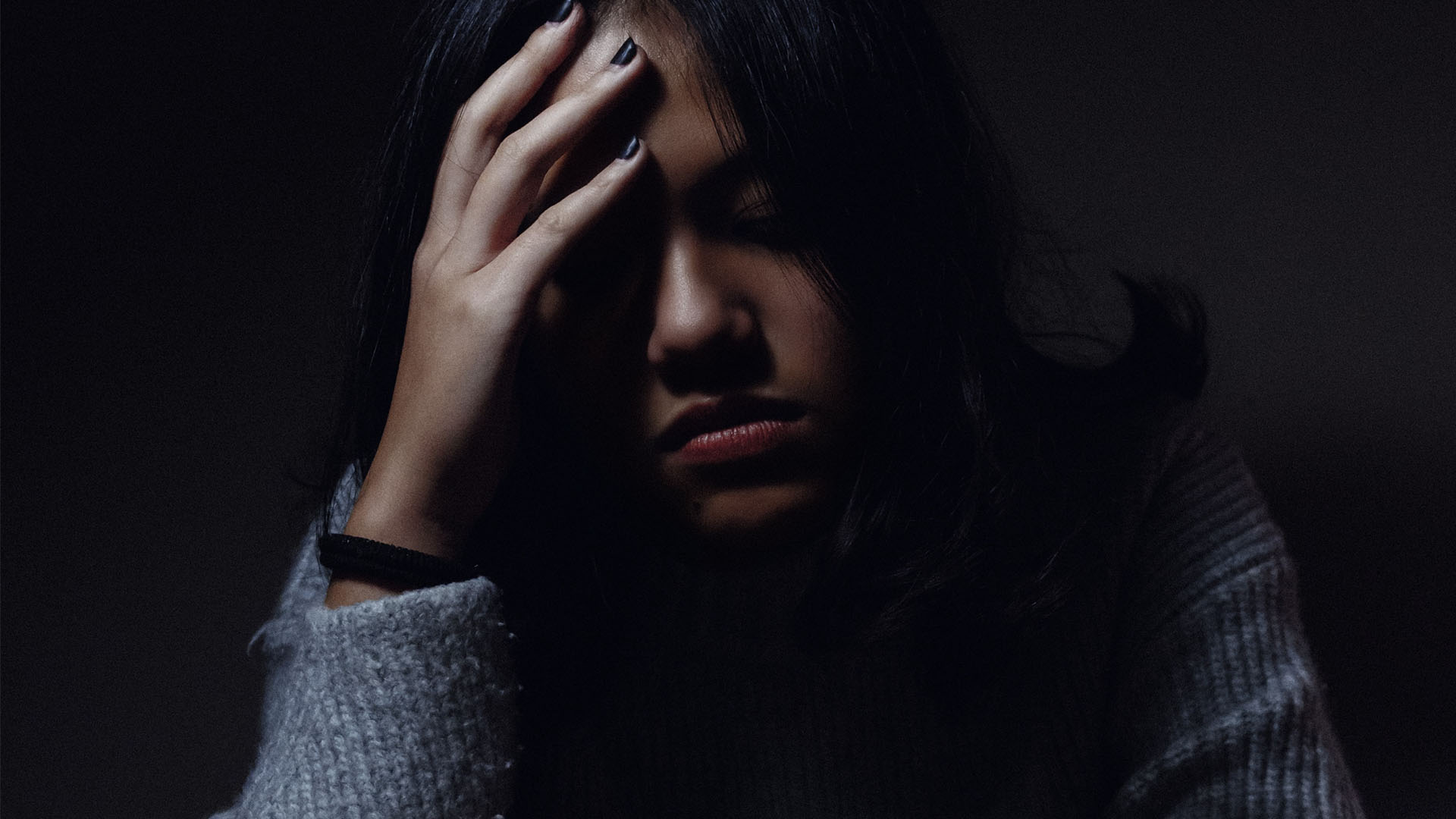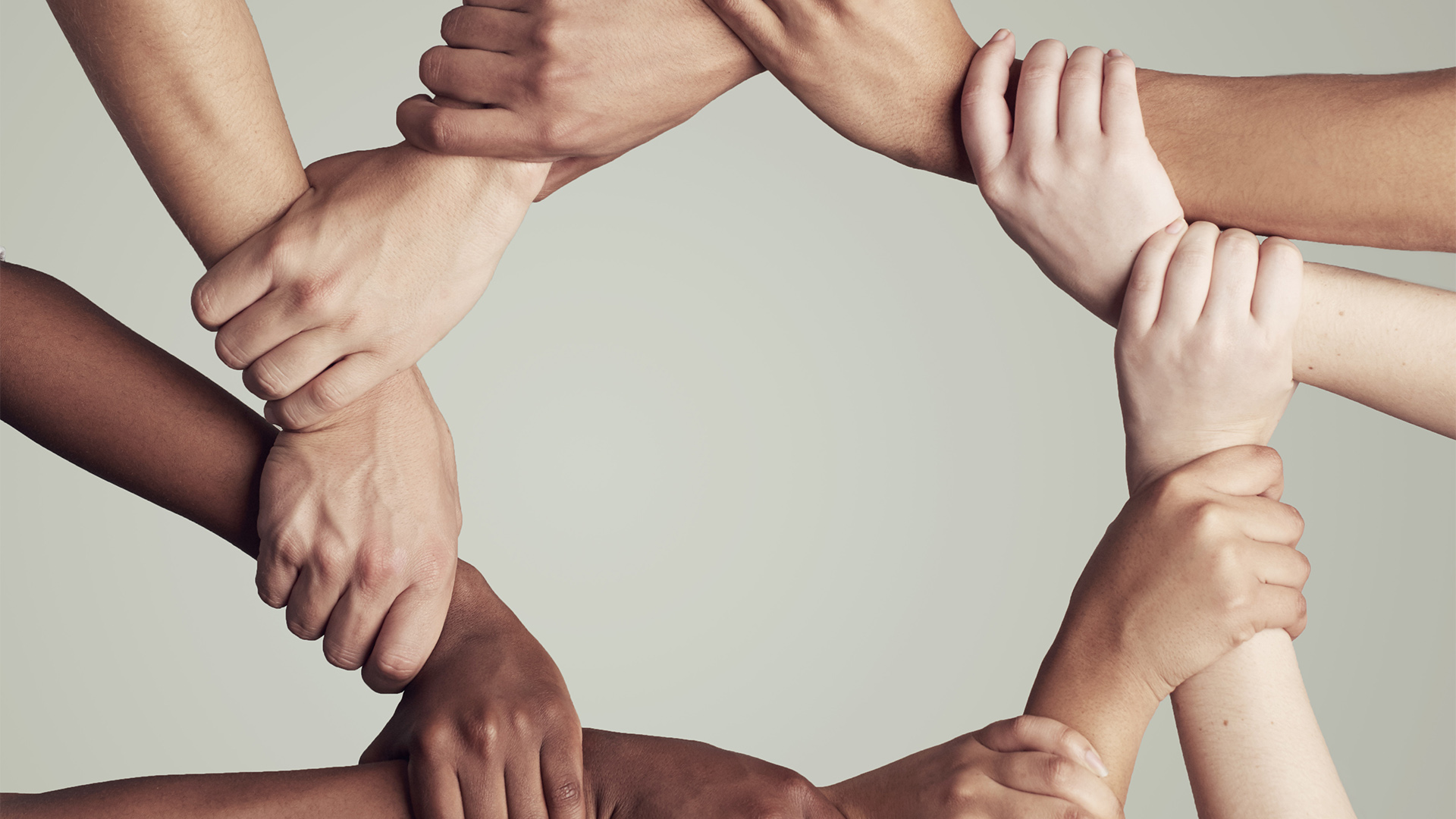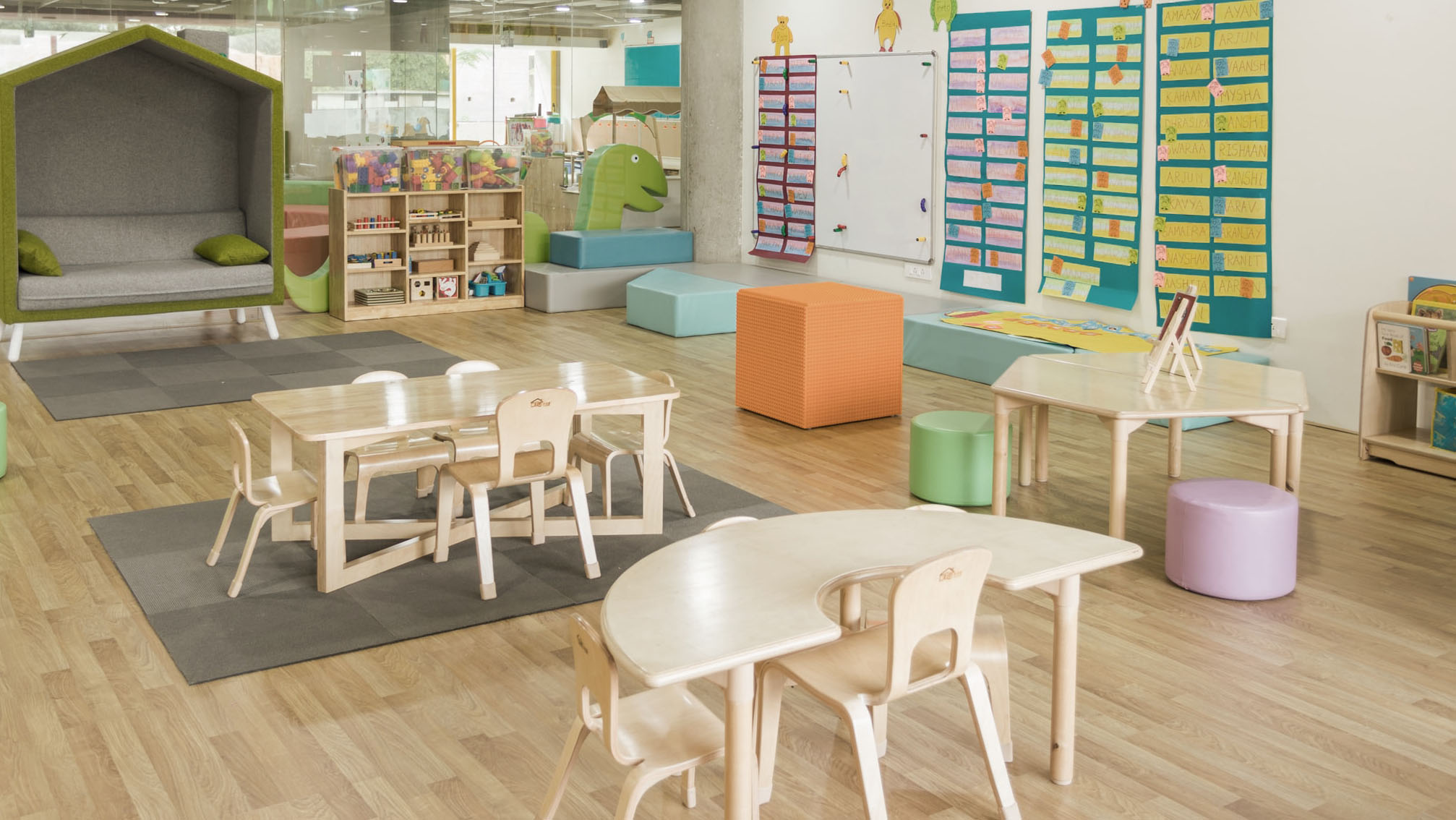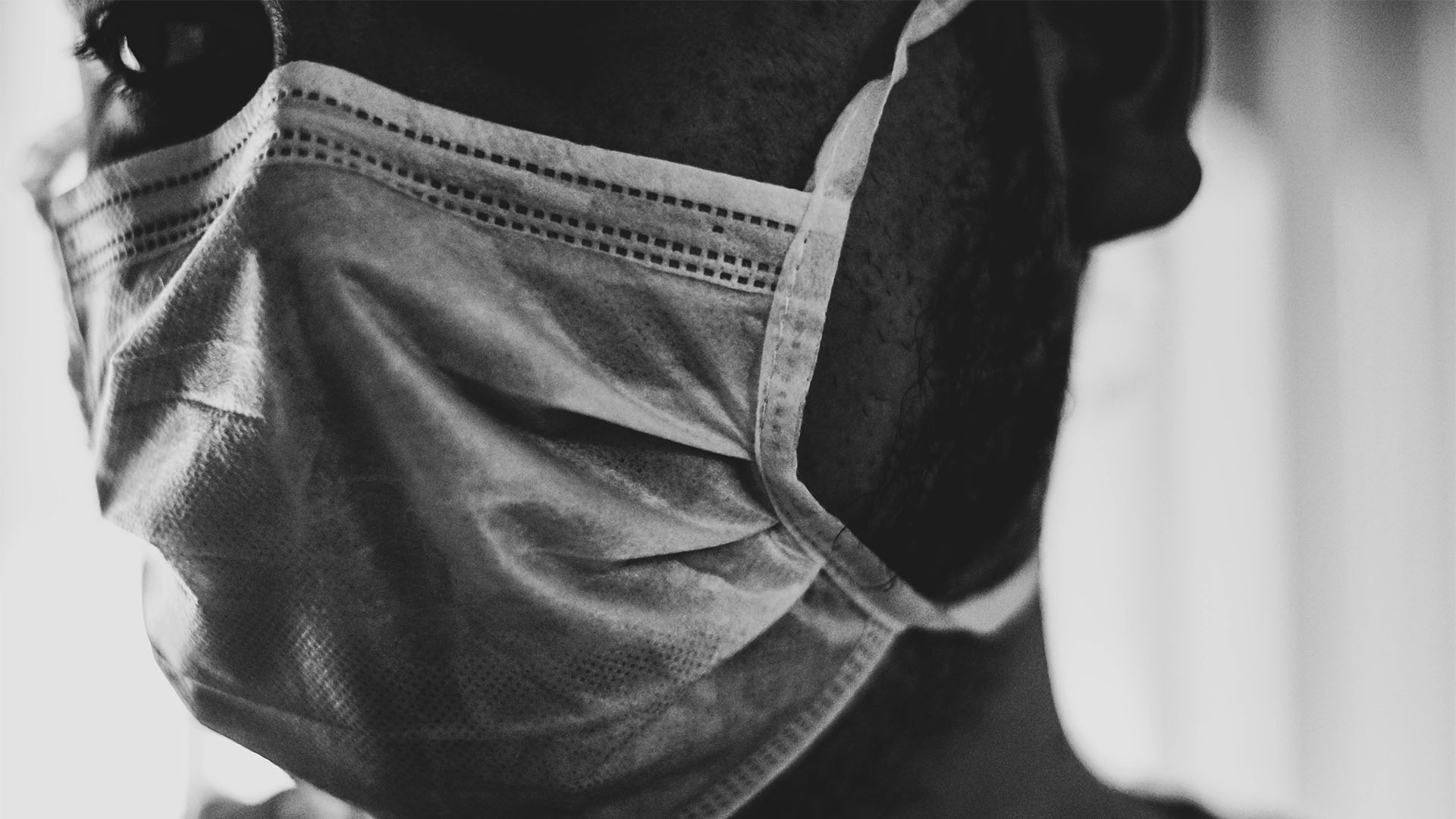Primary tabs
Insights from Experts is a translational research product with the goal of sharing Penn State’s knowledge and expertise with a broad audience. Each post is designed to be accessible, approachable, and relevant to various stakeholders, including policy-makers, practitioners, research funders, academia, and community members. Initially launched in 2020 and focused primarily on the societal effects of the COVID-19 pandemic, the effort is intended to be connected to the dynamic needs of society, so Insights from Experts will be expanding to cover additional topics within and outside of social science and the pandemic. The effort is an initiative of the Social Science Research Institute and the Center for Health Care and Policy Research. Please check back here for future updates.
Stigma as a barrier to responding to the opioid crisis: What we can learn and apply from scholarly inquiry
Author: Nathan E. Kruis, Ph.D. / Christopher Whipple, Ph.D. / Övgü Kaynak, Ph.D / Erica Saylor, MPH / Weston Kensinger, Ph.D.
Published:
The opioid epidemic The United States is in the midst of a significant, decades-long opioid epidemic. Use, misuse, and abuse of prescription opioids, heroin, and synthetic opioids have risen starkly over the last two decades. Currently, it is estimated that more than 2.6 million Americans meet the criteria for opioid use disorder (OUD). Opioid-related overdoses have also been on the rise, starting with a rise in prescription opioid overdose deaths in the late 1990s, followed by a rise in…When it comes to Gun Violence, Our News Media is Failing Us
Author: Matt Jordan, Ph.D.
Published:
America occupies an exceptional place in the world among democratic countries with highly developed economies. And it’s not an exceptionalism we should be proud of. Gun violence kills more human beings per capita in the US than anywhere else, 20 times more than our closest rival. And as for mass shootings, we’re number 1 . It’s not even close. American civilians own more guns than the next 25 countries combined . The sum of this ghastly arithmetic — when a population with as many angry or…Does American gun violence demand more graphic depictions in news?
Author: Patrick Plaisance, Ph.D.
Published:
Calls for journalists to show gruesome images of shooting victims may not be best approach to help audiences understand the violence. Part of the recurring debate over America’s gun violence addresses questions over news media coverage. These questions become more urgent when children are victims, such as in the recent school shooting in Uvalde, Texas. What kind of coverage is appropriate? Should journalists ever show bodies and blood? Would such graphic coverage galvanize public opinion into…Gun ownership and school shootings
What can we learn from recent violence?
Author: Lacey N. Wallace, PhD
Published:
Due to widespread news coverage, many of us can list the locations of school shootings as quickly as we can count off items on our weekly grocery list: Sandy Hook Elementary, Columbine High School, Virginia Tech, Marjory Stoneman Douglas High School, and now Robb Elementary School in Uvalde, Texas. Although no action we take can bring back those lost in these acts of violence, there are lessons we can take away from each shooting that may help us better understand the context of gun violence…Are Essential Workers More Optimistic Online?
Using Tweets to Assess Mental Well-being of Essential Workers During the COVID-19 Pandemic
Author: Johnna Blair
Published:
**From --- Johnna Blair, Chi-Yang Hsu, Ling Qiu, Shih-Hong Huang, Ting-Hao (Kenneth) Huang, and Saeed Abdullah. 2021. Using Tweets to Assess Mental Well-being of Essential Workers During the COVID-19 Pandemic. In CHI Conference on Human Factors in Computing Systems Extended Abstracts (CHI’21 Extended Abstracts), May 8–13, 2021, Yokohama, Japan. ACM, New York, NY, USA.**------The Covid-19 pandemic has had a significant impact on mental health and well-being of the population as a whole, leading…Strategic media use (even cat videos!) during Covid-19 and every day
Media can help us manage stress, experience joy, and connect with others
Author: Jessica Gall Myrick, PhD
Published:
How thoughtful media use can help us cope with stress and connect with others My goal with this blog post is to convince you that media are important and potentially beneficial parts of our lives, by talking about cats. Cat videos, to be specific. I am allergic to real cats. I think felines are fine, but I cannot spend too much time around them. However, that did not stop me from seeing them pop up in my social media feed all the time. Internet cats were everywhere. As someone who studies…Collision of two public health crises
COVID-19 and Gun Violence Increasing gun violence rates in Pennsylvania
Author: Paddy Ssentongo
Published:
The big picture Pennsylvania saw a 38% increase in the rate of gun violence during the first year of the COVID-19 Pandemic compared to the pre-pandemic period. This rate was higher than that of the national average — the rate increased by 30% in the entire United States (US). This observation is based on the recent peer-reviewed study that enabled us to assess the rates of gun violence before the COVID-19 pandemic and compare them with the rates during the first year of the pandemic. For…Food Access and Insecurity During COVID-19
Recognizing the problem and taking action
Author: Amit Sharma, Ph.D. / Kimberly Impellitteri
Published:
Overview The COVID-19 pandemic has impacted our lives in ways beyond what we could have imagined. The disruption of essential elements of life, such as food, water, money, and housing, has been devastating to families and communities, particularly those most vulnerable. While some of the impact on the unavailability of food, for instance, has been due to the pandemic, the inequalities that preexisted the crisis have persisted. Consequently, not everyone has been impacted equally by the…Treatment and vaccine research and development during the COVID-19 pandemic
Considering research ethics and safety of study participants
Author: Jennifer McCormick, Ph.D.
Published:
The COVID-19 pandemic has set the stage for research and development of new treatments and vaccines targeting the SARs-COV2 virus. Amidst these discussions, the public may be hearing terms such as “randomized control trials” and “placebo control trials” and may not be certain what the terms mean or why they are important. This post will outline these terms and will discuss some of the ethical implications of placebo control trials in the context of vaccine development. What do these different…COVID-19 Case Rates in Rural and Urban Pennsylvania
Assessing the impact and looking ahead
Author: Raeven Faye Chandler, Ph.D. / Katrina Alford, M.S. / Leif Jensen, Ph.D.
Published:
When the COVID-19 pandemic became widespread in the United States, much of the discussion and attention centered on urban epicenters with rapid spread due to the high population density. While rural areas are less populous, other characteristics of rural America make those individuals living there far more vulnerable than their urban counterparts. In this post we describe the unique dynamics making rural residents more vulnerable, provide a comparison of COVID-19 trends in rural and urban areas…Adding Nuance to School Reopening Plans during COVID-19
Examining Racial Inequality Within and Between Districts
Author: Erica Frankenberg, Ed.D. / Katharine Dulaney
Published:
Note: This blog is a follow-up to our August report published at the Center for Education and Civil Rights. You can find that here: https://cecr.ed.psu.edu/sites/default/files/COVID_Fall_2020_plans_in_PA.pdf In 2020, as school boards around the country weighed the public health and education concerns brought on by COVID-19, we observed that districts were developing vastly different reopening plans for the fall. The distinctions between these plans were especially apparent when compared to…Policing Pain and Social Distancing During the COVID-19 Pandemic
Author: Sandra Trappen, Ph.D.
Published:
Opioid-related drug overdose is a leading cause of death and injury in the United States. Both prescription as well as illicit opioids continue to play a major role in the growing opioid epidemic. When we consider individuals who use opioids, some of the social factors described in this post may double as risk factors for infectious disease transmission, including COVID-19. Early studies of Middle East Respiratory syndrome coronavirus (MERS-COV) that emerged in 2012 documented that…Teens and Anxiety during COVID-19
The difficulty and necessity of emotion regulation
Author: Sarah Myruski, Ph.D. / Kristin Buss, Ph.D.
Published:
The anxiety, isolation, and uncertainty brought on by the COVID-19 pandemic has been an unprecedented emotional challenge. Adolescence is a period of drastic emotional, social, and cognitive development, making this age group particularly vulnerable to the short- and long-term impact of the pandemic on mental health. Teen anxiety prevalence has steadily increased over the past several decades. Nearly 1 in 3 teens meet criteria for an anxiety disorder by age 18, and 70% of teens describe anxiety…Feeling the Pandemic
Communicating About Infectious Disease Outbreaks
Author: James Dillard, Ph.D.
Published:
Introduction Life is full of risks. Some are more likely than others, and some are more severe than others. Risk information may be acquired from direct experience or by observing someone else’s experience. But, more often information about various hazards is conveyed through other people. Friends and family warn us about the dangers of COVID-19 or we learn about them from MSNBC, CNN, or Fox. Typically, when people perceive themselves to be in danger, they experience some degree of fear. This…Anticipatory grief related to COVID-19
Fears of mortality and morbidity through the lens of culture
Author: Abigail O. Akande, Ph.D., CRC
Published:
Finally receiving a diagnosis from a doctor that explains your previously unexplainable symptoms can often bring about feelings of relief. Giving it a name usually gives it a trajectory, a course of treatment, a plan of action, and predictable outcomes. The patient’s questions have answers, so even the label of a chronic health condition with no cure can offer a sense of peace that the preceding uncertainty had obstructed. But this year, the novel coronavirus or COVID-19 and its diagnosis has…Fostering College Students’ Sense of Belonging Amidst COVID-19
Recommendations for higher education institutions
Author: Maithreyi Gopalan, Ph.D. / Shannon Brady, Ph.D.
Published:
“When I first arrived at school as a first-generation college student, I didn’t know anyone on campus except my brother. I didn’t know how to pick the right classes or find the right buildings. I didn’t even bring the right size sheets for my dorm room bed. I didn’t realize those beds were so long. So I was a little overwhelmed and a little isolated” -Michelle Obama (2014) Introduction As illustrated in the quote above, the transition to college has always been challenging. Making new…COVID-19 and the isolation pandemic
The consequences of exclusion, the continuing cycle of the problem, and finding our way to the other side
Author: Michael J. Bernstein, Ph.D.
Published:
The COVID-19 pandemic continues across the globe and is still particularly ravaging the United States. Currently, science and medicine are unequivocally clear on how to reduce the risk of transmission – social distancing. Yet this behavior comes with a real cost of reduced social connections and research has shown that losing social connections can be dangerous to both physical and psychological well-being. There is a difficult tradeoff between social distancing to protect ourselves and others…Student-athlete substance use during COVID-19
Suppressed, silent, or poised to surge?
Author: Katherine McLean, Ph.D.
Published:
The impact of the COVID-19 pandemic on substance use has been complex and varied, if not entirely unexpected. Despite restrictions in access to both licit and illicit drugs, there is evidence of both increased use, and increased harm, associated with the use of certain drugs. Some experts fear an uptick in alcohol consumption among individuals seeking to cope with stress related to isolation, unemployment and general uncertainty, with recent surveys showing increases in both drinking and…COVID-19 and its impact on intimate partner violence
The intersection of health, justice, and the path forward
Author: Penelope K. Morrison, Ph.D., MPH / Richard Wentling, Ph.D.
Published:
Introduction Each year in the United States, nearly 12 million people are the victims of some form of intimate partner violence (IPV) or domestic abuse. Under normal circumstances, IPV is an incredibly difficult public health and socio-judicial issue to address – by nature IPV is “behind closed doors,” and thus, stigma, shame and embarrassment, as well as concerns over safety and privacy, often prohibits individuals experiencing abuse from seeking help. The COVID-19 pandemic has only served to…COVID-19 and access to controlled substance prescriptions
Declining prescriptions for opioids and benzodiazepines
Author: Chan Shen, Ph.D.
Published:
Introduction The COVID-19 pandemic brought many unexpected changes to our lives. Access to health care changed drastically due to the pandemic. For example, a large number of elective procedures were postponed or cancelled, and patients avoided visits to physician offices, outpatient facilities and hospitals. Access to controlled substance prescriptions also changed significantly. In this post, I describe past concerns around the prescribing and use of controlled substances, including opioids…Social Support and Mental Health during COVID-19
Relational Turbulence Can Make it Harder for College Students to Get Parental Support
Author: Timothy Worley, Ph.D. / Madison Mucci-Ferris
Published:
Introduction The COVID-19 pandemic represents an unprecedented source of stress for today’s college students. In addition to the physical health threat COVID-19 poses to students and their loved ones, the psychological impact of the pandemic has been profound, with stress, anxiety, and depressive symptoms increasing globally. Research suggests the psychological toll may be especially high for college-aged young adults. Social support, particularly from family members, has been identified as a…COVID-19 and Social Injustice – A Wake-up Call in 2020(?)
Strengthening the overall health of communities through effective collaboration and prevention
Author: Damon Jones, Ph.D. / Diana Fishbein, Ph.D.
Published:
Introduction As 2020 continues, the COVID-19 pandemic has become a way of life. Across the globe, people are engaging in novel routines that these unprecedented times demand to stay healthy, gainfully employed, and connected, and to navigate the roller coaster of emotions. Compounding the personal rigors of managing daily lives is the increasing scarcity of community resources on which people depend. Community leaders and government officials are scrambling to determine the most efficient and…The Impact of COVID-19 on Child Care Facilities in Pennsylvania
Understanding the operational and financial impacts
Author: Philip Sirinides, Ph.D.
Published:
The operational and financial impacts of COVID-19 on Pennsylvania child care providers and staff have been significant. Most child care programs closed, at least temporarily, in the initial weeks of the pandemic, eliminating income even while costs continued to accrue. Statewide, 86% of providers reported closing at some point, although the true rate of closure could be as high as 93% due to the unknown status of unresponsive providers. Throughout the closure, nearly all providers did not…Parental Substance Abuse
Impacting Families During COVID-19
Author: Dr. Rina Eiden
Published:
Market research regarding substance use during the COVID-19 pandemic is alarming. For instance, alcoholic beverage sales increased dramatically by about 55%in March 2020 compared to March 2019. Similarly, sales of combustible cigarettes have increased across several countries during the pandemic, with survey respondents indicating tobacco use as their primary stress reduction strategy. Similar concerns have been raised about other substances. According to the American Medical Association, by…Moral Emotions During COVID-19
Examining the Role of Motivation and Choice
Author: Daryl Cameron, Ph.D. / Eliana Hadjiandreou, B.A. / Stephen Anderson, M.A. / Julian A. Scheffer, M.A.
Published:
As the COVID-19 pandemic is currently surging across the United States, and worldwide, individuals and institutions are debating what can and should be done to protect public health. When it comes to how we navigate this complex landscape, what is the role of how we feel, and how we choose to manage our feelings? At the current moment, with cases increasing in the state of Pennsylvania, how can we use our moral emotions productively? In this blog post, we discuss how people choose to have…


